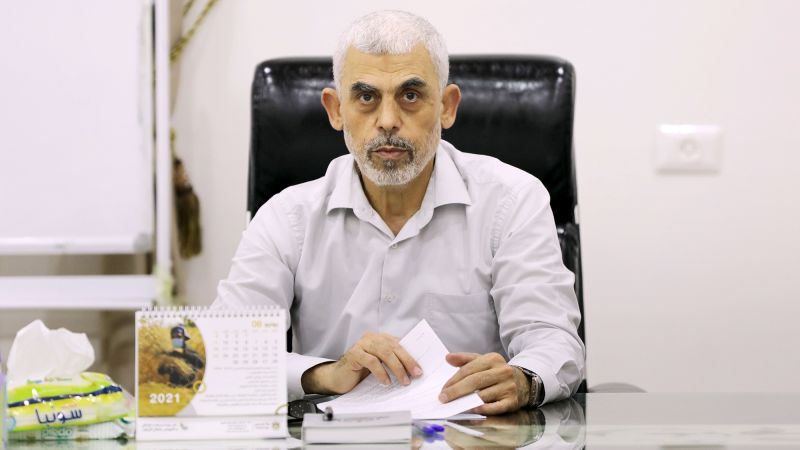In a surprising turn of events, the leader of Hamas, who has been in hiding for nearly a year, has decided to break his silence by sending a series of letters that are raising a whirlwind of intrigue and debate. The said leader, whose identity remains an enigma to maintain his safety, has not made any public appearances or given any public statements in almost 12 months, prompting curiosities and speculations regarding his activities and location.
Hamas, a political organization considered by some as a terrorist group with its roots in Palestine, has been under the intense scrutiny of international agencies, the media and various political circles worldwide. While the group insists on its legitimacy as representatives of Palestinian aspirations, it’s clear that some of its methodologies and policies have resulted in extreme reactions from both critics and supporters.
The sudden resurgence of this elusive figure through written communication marks a significant point in the relationship between Hamas and its global image. Some suggest that this could be a tactical move, a way to remind the world that they still exist even amidst their forced silencing.
The content of these letters itself transcended the traditional boundaries of such communication, emerging as a mix of personal commentary, political manifesto, and a call-to-arms against what he perceives as the relentless and unjust pressure being applied to not just Hamas but also the Palestinian territories at large. Each letter comprises deep reflection, detailing their struggle and the ongoing resistance, stretching far beyond the speculative isolation.
Using a unique style that interweaves strategic geopolitical analysis with more intimate expressions of personal conviction and morale, these letters adopt a dynamic narrative. It is, in essence, a plurality of voices that speak of a collective longing for justice and freedom.
However, the timing of these letters is also under scrutiny, corresponding with several significant political events. This includes the recent UN resolution criticizing Israel, increased tensions in the Middle East, and, some say, potential power shifts within Hamas itself. Some international observers are attempting to correlate these events and draw interpretations about the release’s potential impact.
Critics argue that these letters are a propaganda tool, aiming to draw sympathy and reestablish Hamas as a force in world politics. They point out that the letters draw attention to the suffering people in Gaza strip but do not acknowledge the role of Hamas in inciting violence that purportedly contributed to the crisis.
On the other hand, supporters and sympathizers see these letters as a beacon of resistance against an increasingly aggressive international environment that stifles the voices of smaller players like Hamas. They argue that the letters are expected to rally support for the cause and remind the world about the persistent struggle of Palestinians.
These sudden letters from an elusive leader of Hamas propound a striking divide between the organization’s critics and sympathizers. While it is as yet unclear what action the international community might take in response to these messages, it is unmistakable that these letters have reframed Hamas in the global conversation, stirring debates and discussions across various platforms.
Ultimately, the letters offer a reminder, more than anything else, that even in hiding and silence, voices can rise to echo and reverberate through the corridors of power.




